It’s no secret. One of the top reasons for going camping is the opportunity to connect with nature. This connection offers a sense of peace and tranquility that can be hard to find these days. For many RVers, the ability to escape into nature and appreciate its wonders is a vital part of existence. That being said, as outdoor enthusiasts, we have a responsibility to reduce our environmental footprint. Thankfully, it’s becoming easier than ever to find eco-friendly RV solutions. Today, there are plenty of gear and accessories that enable you to level-up your RV camping experience — all while reducing your environmental footprint.
So, let’s take a look at six conscience-cleaning, eco-friendly RV solutions that any camper can implement.
No. 1: Harness renewable energy with solar power.
One of the best things about RVs is that they allow us to camp while enjoying the benefits of many of the same appliances we have at home. (We all know this.) The downside to this is that we need to have access to electricity to be able to operate them. Solar power systems allow us to recharge batteries and/or use all the appliances in the RV without plugging into shore power. Solar panels work by converting energy from the sun into useful electrical energy. Unlike generators, they create electricity silently and require no inputs of fossil fuels in order to function.
RV solar power systems are composed of 4 parts, including one or more solar panels, a charge controller, a battery, and an inverter that converts the stored energy into the 120-volt current. This energy is needed to operate appliances such as 110-volt AC outlets, the refrigerator, and rooftop air conditioners. Systems that feature rooftop solar panels have become popular on new RVs, but you don’t need a new RV or even rooftop solar panels to harness electrical energy from the sun.
A portable solar panel with a built-in charge controller can offer a simple and affordable solar power solution. It can be plugged into an existing solar power port, connected directly to the house battery, or connected to a portable power station providing all the power you need for a fraction of the cost of rooftop mounted solar power. In addition, a portable solar panel enables you to park in a cool, shady spot, while still being able to collect the sun’s energy.
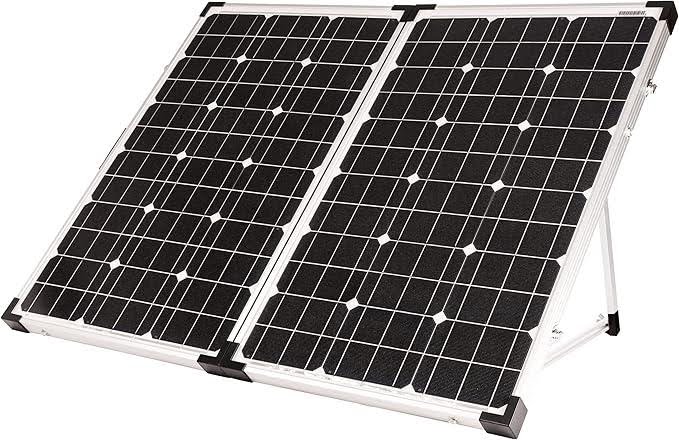
No. 2: Protect the planet with your cleaning products.
The cleaning products you use in your RV make a real difference to lakes, rivers, and drinking water. That’s because phosphates used in many cleaning products can help to propagate blue-green algae, also known as cyanobacteria. Blue-green algae thrives on any type of phosphates. This toxic algae has become a growing problem throughout the United States. Its slimy overgrowth pollutes lakes, rivers and streams making the water toxic, undrinkable, and gross. Not only that, but blue green algae is an oxygen hog that chokes out native plants and animals.
Fortunately, some manufacturers are getting away from including phosphates in their products entirely. As it turns out, phosphate free products can have just as much cleaning power as their counterparts without the negative environmental impacts.
Avoiding phosphates in cleaning and personal care products is as easy as becoming a label reader. Phosphate-free detergents and cleaning product labels usually advertise their phosphate free status. With that being said, it can be a little trickier to find out whether personal care products (like soap or shampoo) contain phosphates. However, many of these will have an ingredients list that sometimes include phosphate containing additives like sodium phosphate and potassium phosphate.
Exhibit A: Nellie’s Dish Butter
Nellie’s Dish Butter is a zero waste way to get dishes sparkling clean. It’s small footprint makes it a perfect fit for RV life. It’s also phosphate-free and one block goes a long way. (Also, it’s equivalent to three bottles of liquid dish detergent.) Reviewers love this dish soap’s convenience, outstanding cleaning ability, attractive appearance, and pleasant smell. As an added bonus it comes in a durable ceramic tub that’s easy to repurpose.
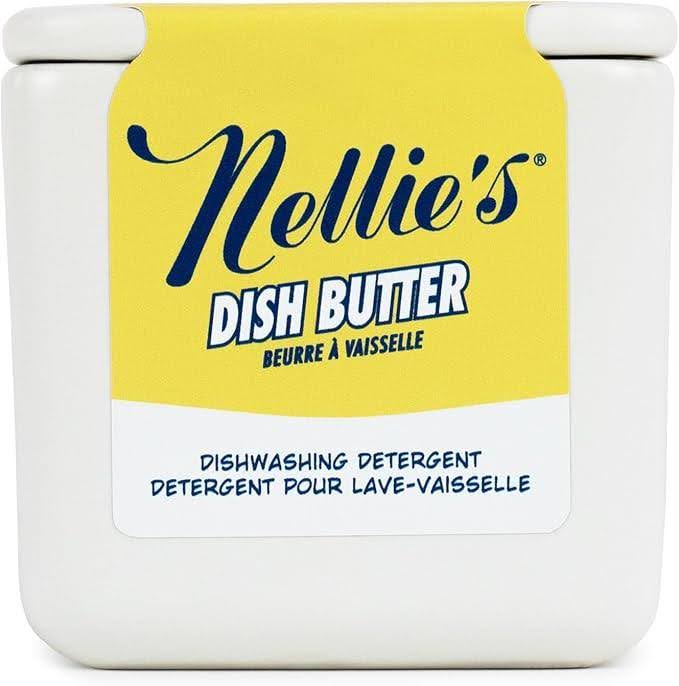
No. 3: Reduce toilet paper use with an RV bidet.
Close to 27,000 trees are cut down each day just to make toilet paper. In case you’re wondering, that’s 9.8 million trees cut down every year for toilet paper. That’s an awful lot of natural habitat being destroyed. Additionally, toilet paper contains carcinogenic compounds found in perfluoroalkyl and polyfluoroalkyl substances (aka PFAS). These chemicals are often referred to as “forever chemicals” because they remain in the environment long after we flush toilet paper into the sewage system. Bidets offer an environmentally responsible alternative to toilet paper.
That’s because bidet use can reduce toilet paper usage by a minimum of 80 percent. With a bidet, water does all the cleaning and toilet paper is only needed for drying, if at all. While they’re still an anomaly in North American bathrooms, bidets have long been familiar bathroom fixtures throughout most of the world.
With that being said, many RVers are discovering the advantages of having a bidet in the RV. Many of them are delighted to discover that aside from saving forests, having a bidet in the RV eliminates toilet paper-related system clogs (including the dreaded poop pyramid). An RV bidet is simple to add to most existing RV toilets.

No. 4: Switch to rechargeable batteries.
Batteries are used to power flashlights, lanterns, smoke detectors and other essential devices when we’re camping. With that being said, close to five billion disposable batteries are sold in the United States every year. And although these batteries can be recycled, the majority wind up in landfills, where they leach heavy metals into the environment. While it’s true that disposable batteries can be recycled, only about 10 percent of them make it into recycling bins.
Rechargeable batteries have the potential to keep billions of batteries out of landfills. Not only that, but today’s rechargeable batteries might outlast the device they’re used to power. That’s because most rechargeable batteries can be drained and recharged more than 2,000 times before being recycled. That makes them one of the easiest eco-friendly RV solutions. Here are a few things to consider when shopping for rechargeable batteries:
- Battery chemistry. This makes a difference. In general, it’s best to avoid nickel-cadmium batteries due to high discharge rates as well as environmental concerns. Instead, look for either lithium-ion (Li-ion) or nickel-metal-hydride (NiMH). Either of these will last for thousands of charge/discharge cycles and aren’t as damaging to the environment as NiCD batteries. (Note: Lithium-ion batteries are generally considered the best option for most applications due to high energy density, light weight, and low self-discharge; nickel-metal hydride batteries are good for high-drain applications, but may have higher self-discharge compared to Li-ion.
- Capacity The mAh rating lets you know how long the battery will last before it needs to be recharged.
- Voltage. Be sure this number matches or exceeds device requirements
- Charge cycle life. How many times can you discharge and recharge them?
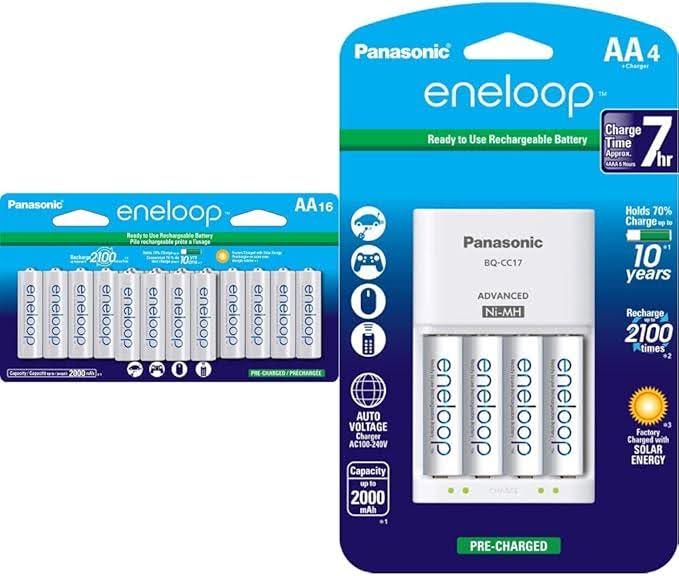
No. 5: Choose plastic-free alternatives.
Plastic is one of the most versatile materials ever invented. It’s used to manufacture or package nearly everything we have in our homes, vehicles, and RVs. Manufactured using fossil fuels and environmentally damaging processes, it’s estimated that plastics take up to 600 years to break down. However, it will never completely disappear. Problems with plastics began shortly after it came into popular use in the 1970s.
Since then, landfills have been overwhelmed with the stuff. In a bid to deal with at least some of this discarded plastic, recycling programs were set up as early as the 1980s. In the decades that followed, this provided little relief. Not only were landfills still filling up, but a lack of demand has led to tons of discarded plastic being surreptitiously dumped in the ocean. Over the last 20 years, ocean tides and currents have swept this plastic into a growing 1-million-square-mile island, known as the Great Pacific Garbage Patch. Reducing the use of plastics appears to be the only way out of the plastic crisis,
But the problem is that we’ve grown dependent on the plastic. The result is that most of the mainstays of modern life are either plastic, packaged in plastic, or both. Familiar items like detergents, cleaning products, and even personal care products are packaged in bulky plastic containers. However, plastic-free, eco-friendly RV solutions are available. Here are some examples that are so convenient and effective, you might wonder why you didn’t try them sooner.
Garnier Whole Blends Shampoo Bar
Reviewers love this shampoo bar for its convenience, pleasant scent, luxurious lather, and its ability to get hair squeaky clean. But an additional benefit is its zero plastic packaging.
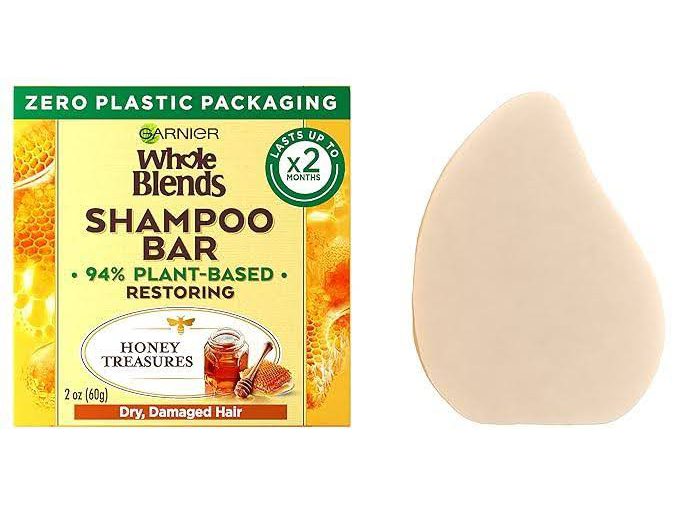
Laundry Detergent Sheets
Concentrated laundry detergent sheets make lugging around a plastic jug of laundry detergent a thing of the past. They come in an easy to pack, convenient cardboard envelope but reviewers love them for their eco-friendly yet effective cleaning power as well as convenience,
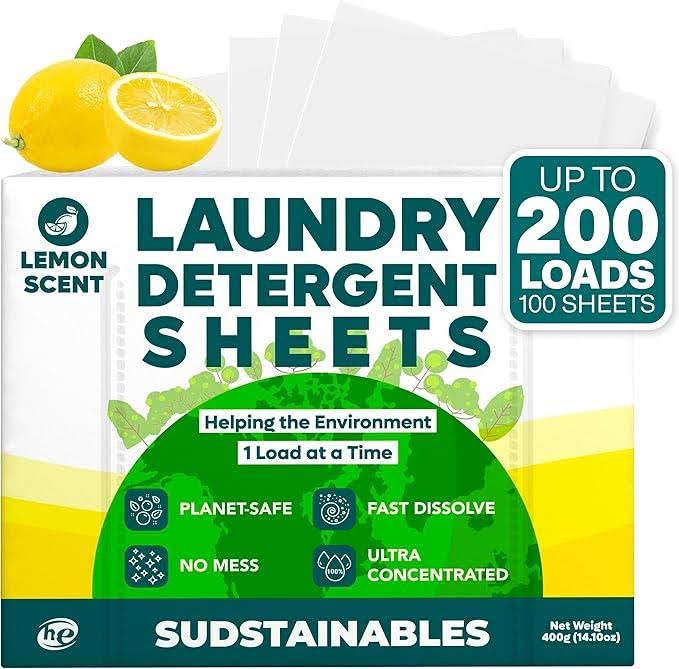
Reusable Beeswax Wraps
Beeswax wraps and bags are an environmentally sustainable food storage alternative to plastic wrap and bags. They’re made with cotton that’s been soaked in a mix of beeswax, jojoba oil, and tree resin, making them malleable to create an airtight seal around wrapped food or dishes. Aside from keeping food perfectly fresh, beeswax wraps are easy to wash so they can be used over and over again.
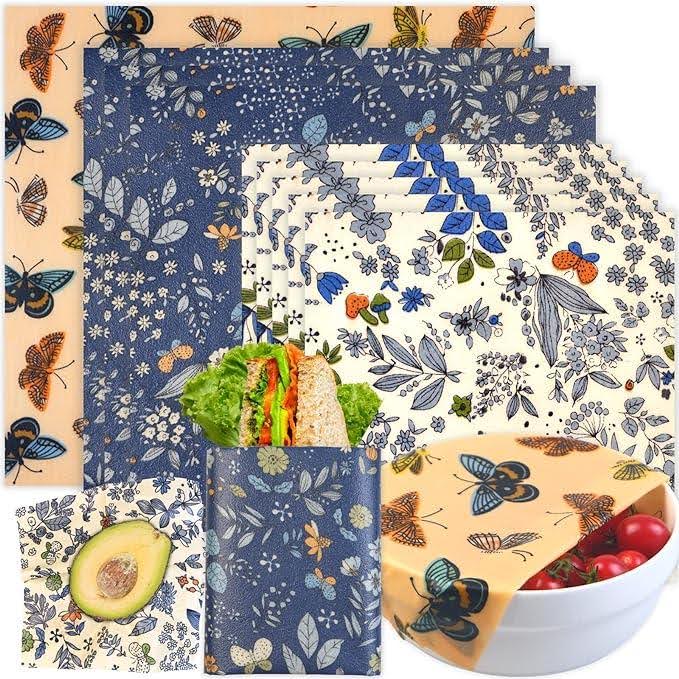
No. 6: Cut coffee waste with a Moka Pot.
Coffee capsules create 576,000 metric tons of waste per year. Although this number includes all the coffee capsules disposed of around the world, the number of K-cups disposed of in 2014 alone could circle the earth 12 times. Enter the humble and durable Moka pot. This little coffee maker offers a completely waste-free way to brew coffee. Unlike most other coffee makers, a Moka pot doesn’t require anything but coffee and water to create what could possibly be the best coffee on the planet. And with a brew time of under six minutes, it’s also one of the fastest ways to make coffee.
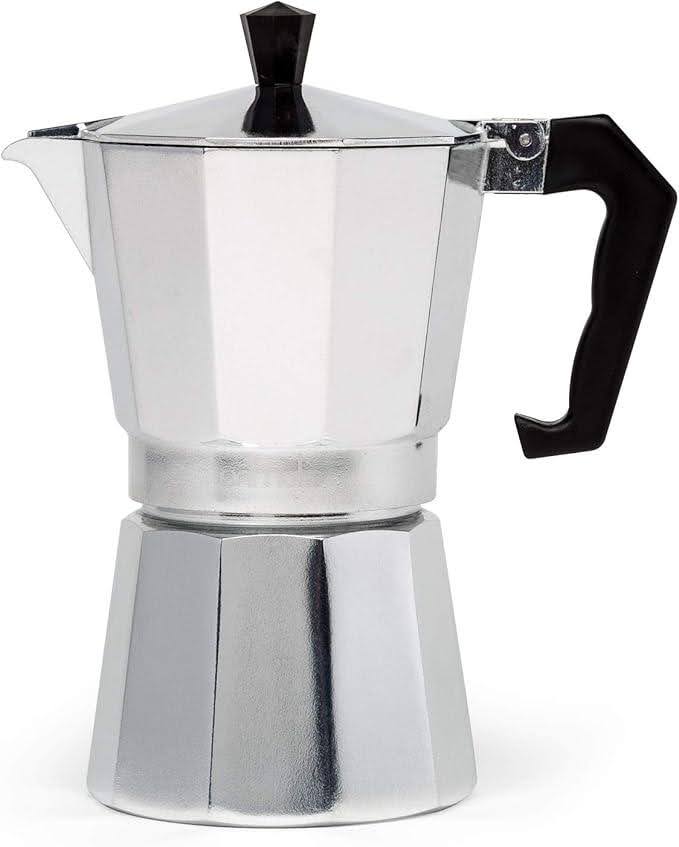
Final Thoughts on Eco-Friendly RV Solutions
It doesn’t take a lot of effort to make a significant positive impact on the environment. A single act like reducing toilet paper use with an RV bidet can save a whole forest over the lifetime of your RV. Choosing eco-friendly RV solutions is an easy way to upgrade your RV living experience while helping the planet.
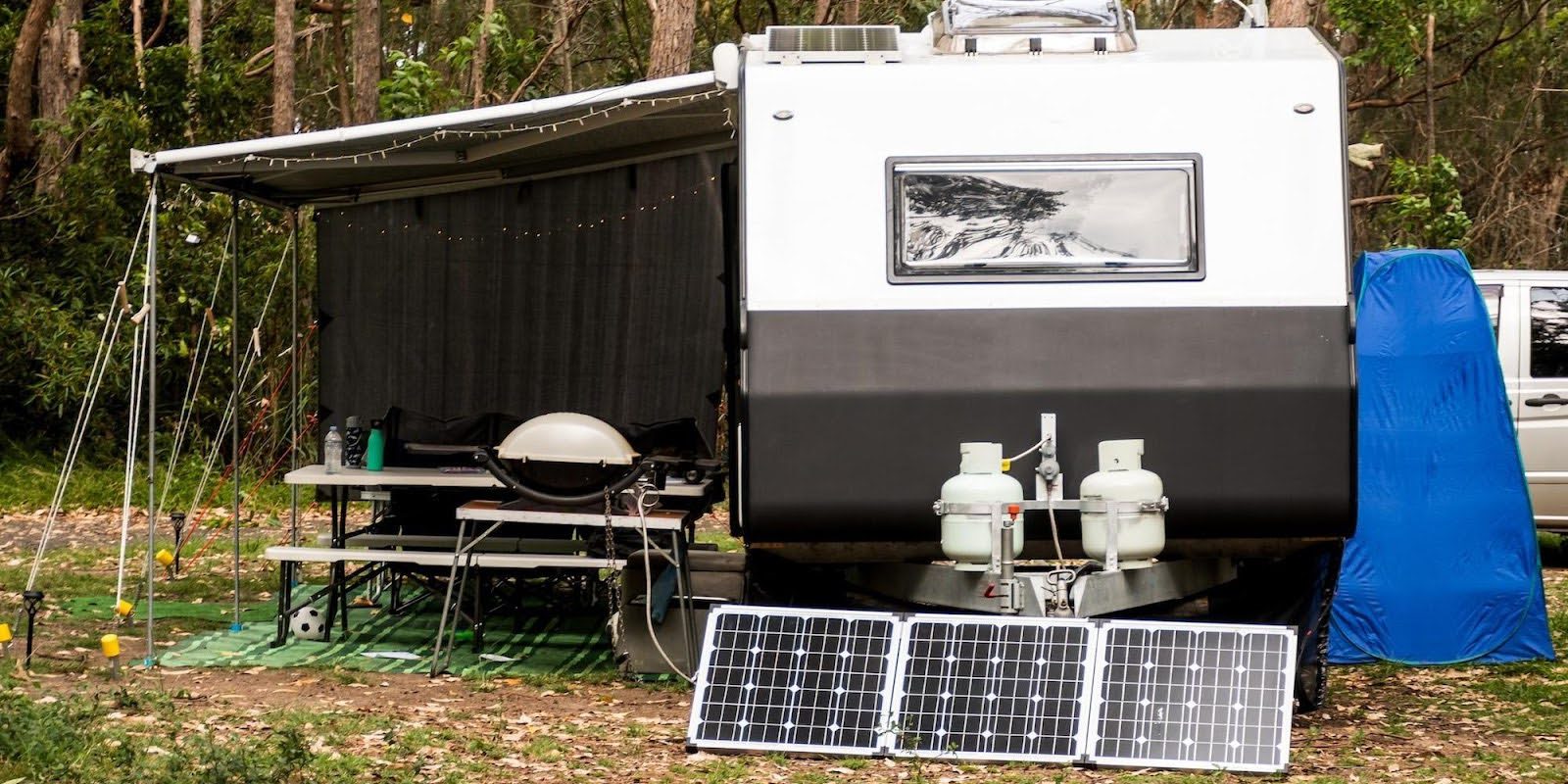
Leave a Reply